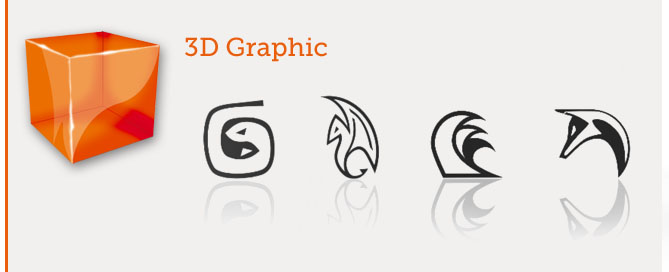3D-Coat – Retopo
Great ‘Retopo’ and ‘Low Poly Modeling’ tools inside 3D-Coat that work seamless with ‘UV Unwrapping’ tools and ‘Paint Textute’ tools; What more do you want?
3DS Max – Exporting
1. Create a 3D model – Editable Poly inside 3DS Max
2. Select the model> RIGHT COLUMN> Modify> Modifier List> UVW Mapping Clear> RMB> Collapse All
3. Select the model> RIGHT COLUMN> Utilities> Reset XForm> Reset Selected
In this way we will clear all old UV Maps and transformations
4. MAX> Export> Export Selected> .fbx
3D Coat – Importing
1. Run 3D Coat, into Wizard window select ‘Perform Retopology’> Import Reference Mesh
Setup Viewport
1. MAIN TOP MENU> setup lights
2. Push in the keyboard ‘4’ to show/hide wireframe
3. MAIN TOP MENU> Symmetry> Symmetry>
– on Enable Symmetry
– Show Symmetry Plane
– Symmetry Type: X – Axis
IMPORTANT: You will be able to edit 3d model ONLY on the left side, to change side: MAIN TOP MENU> Invert Mirror
NOTICE: in the bottom of the window there are statics
1. Push in the keyboard ‘4’ to hide polygons, you can be distracted by polygons
Top Left Up Views
– Hold down SHIFT+LMB DRAG on the right to see Left View
– Hold down SHIFT+LMB DRAG on the up to see Front View
Square selection, lasso etc…
Press E> draw a lasso> ENTER
Low Poly Modeling
Add
NOTICE: the white ball represent the snap
LEFT COLUMN> Add/Split
– LMB create new polygons
– LMB split polygons
– RMB tweak (pizzicare/spostare) edges/vertices
LEFT COLUMN> Split Rigs
LEFT COLUMN> Quads
LEFT COLUMNS> Strokes: draw freehand strokes and press ENTER -> Try it and love it!
Selection
1. LEFT COLUMN> Select
2. MAIN TOP MENU> Faces
– LMB adds elements
– CTRL+LMB removes elements
– DOUBLE LMB over an empty area of the hires mesh to deselect all
3. LEFT COLUMN> Store Sel./Recall Sel.
4. LEFT COLUMN> Clear Sel
Extrude
Extrude
1. LEFT COLUMN> Select
2. MAIN TOP MENU> Faces
– LMB adds elements
– CTRL+LMB removes elements
3. LEFT COLUMN> Normal Extrude> use the handles> ENTER
1. LEFT COLUMN> Select
2. MAIN TOP MENU> Faces
– LMB adds elements
– CTRL+LMB removes elements
3. LEFT COLUMN> FREE Extrude> use handles> ENTER
Subdivide
1. LEFT COLUMN> Select
2. MAIN TOP MENU> Faces
– LMB adds elements
– CTRL+LMB removes elements
3. LEFT COLUMN> Subdivide> use the handles> ENTER
Move
RMB to move edges/vertices
1. LEFT COLUMN> Move Vertices
2. MAIN TOP MENU> select Vertices/Edges/Faces/Edge Loops/Edge Rings
3. click over the 3d model and DRAG to move elements
1. LEFT COLUMN> Slide Edges
1. LEFT COLUMN> Brush
1. LEFT COLUMN> Transform to move/rotate/scale> ENTER to apply
1. LEFT COLUMN> Relax: relax the whole mesh or a subset
Remove
1. LEFT COLUMN> Tweak> Del. Polygons / Del Edges
1. LEFT COLUMN> Basic> Select
2. MAIN TOP MENU> Vertices/Edges/Faces
– LMB adds elements
– CTRL+LMB removes elements
3. LEFT COLUMNS> Commands> Delete
1. LEFT COLUMNS> Collapse
Hide / Unhide
1. LEFT COLUMN> Basic> Select
2. MAIN TOP MENU> Vertices/Edges/Faces
– LMB adds elements
– CTRL+LMB removes elements
3. LEFT COLUMNS> Commands Hide/Invert Hidden/Unhide
4. MAIN TOP MENU> Hide
Export
1. MAIN TOP MENU> Symmetry> No Symmetry
2. MAIN TOP MENU> Retopo> Apply Symmetry to Current Layer
If you do not do point 1 and 2 you will export only one side
3. MAIN TOP MENU> File> Export Retopo Mesh> .fbx



 light is important and this render plugin has all digital lights you need to create a render-masterpiece!
light is important and this render plugin has all digital lights you need to create a render-masterpiece!